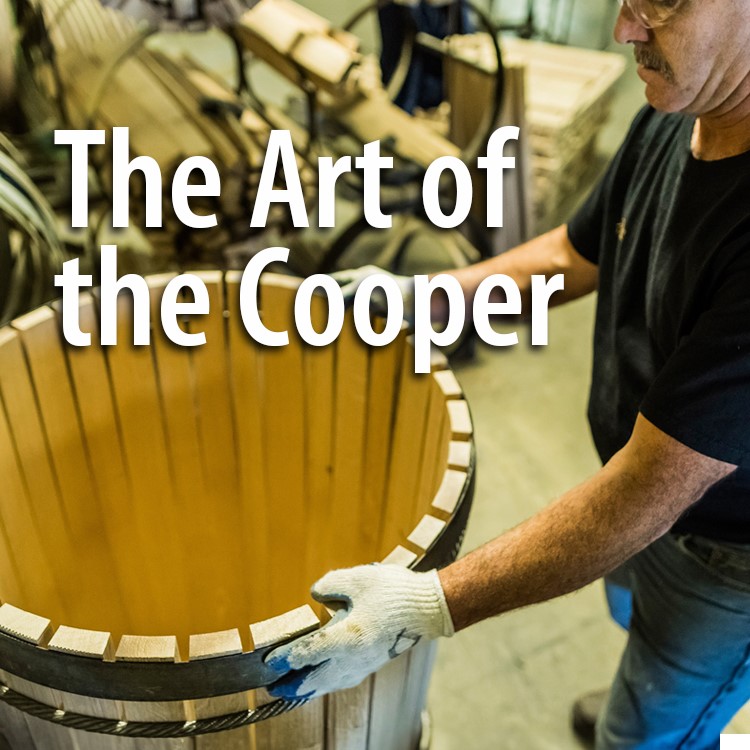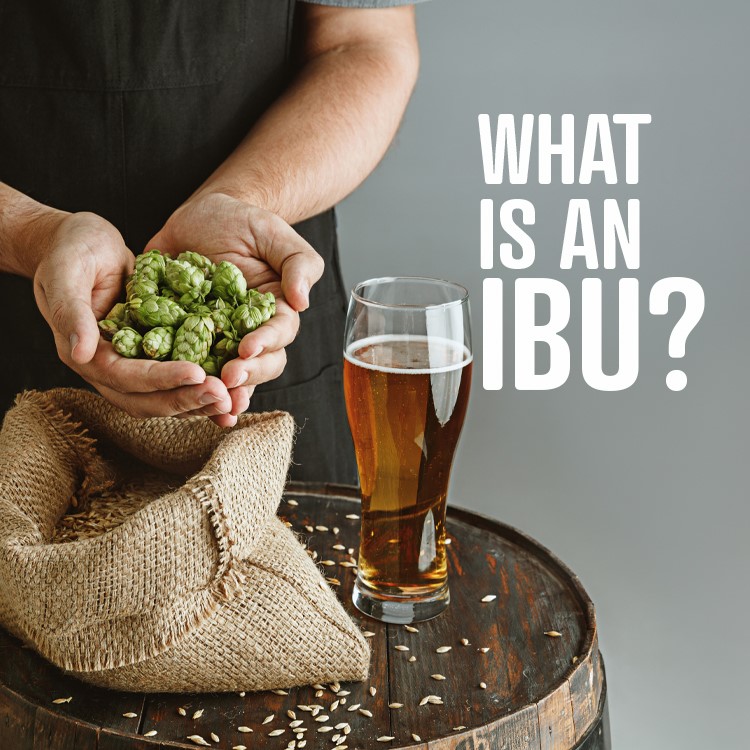The skill and craftsmanship required of a Cooper is staggering and not surprisingly, a dying art, yet the craft remains vitally important for the whisky industry.
In Medieval times, casks were the most common way of storing things. Over the last 200 years, other options have proven more popular, with the notable exception of the wine and spirit trade.
Of course, for a whisky, a cask is something far more than just a vessel in which to spend some time while being transported from A to B. Yet the fact is that maturation was just a happy by-product of the need for storing whisky somewhere after distillation. Being watertight, easy to stack, roll and place upright, oak barrels were the perfect option for storage.
At some point, it was noticed that time spent in the cask added colour and flavour to the whisky. It even helped take off some rough edges and facilitate a smoother taste. Some Coopers believe, that the cask contributes almost to the characteristics in the final product.
Casks are made up of individual wood staves, which are held together without the help of glue or nails. Instead, the staves are arranged exactly right and bound by iron hoops. In the presence of liquid, the wood expands, creating a waterproof seal. it The slightest misalignment means the cask would seep, rendering it useless. This is craftsmanship at its most precise, beyond anything a production line could manufacture. Before use, coopers burn the cask on the inside, to open up the wood and allow its natural sugars to caramelize. This can be anything from a light toast to a heavy char, depending on the flavours sought after by the distiller.
A point of confusion is that the term barrel is often used as a catch-all phrase, but is actually just one type of cask. There are many other variations, so here’s a short overview:
Barrel: This almost always refers to the American Standard Barrel being used in the bourbon industry. It has a capacity of 200 litres and is made of American white oak. Most Scotch is aged in casks that were barrels in a previous lifetime. However, before being used in the Scotch industry, barrels are usually repurposed into hogsheads.
Hogshead: At 225-250 litres, a hogshead is slightly larger than a barrel. To account for the difference in size, a cooper will take the staves of 5 broken down barrels and reassemble them into four hogsheads. The advantage of doing this is that it allows for more efficient use of warehouse space; not unimportant when you’ve got thousands of casks stored at any one time. Although it’s hard to prove definitively, many distillers also believe that the larger cask size improves the quality of the whisky somehow. Either way, the vast majority of all Scotch is aged in hogsheads.
Sherry Butt: As the name indicates, butts are used to age sherry. With sherry being a product of Spain, it makes sense that these casks are made of European (Quercus Robur), rather than American oak. They are much larger in size than barrels, with a capacity of 500 litres. After hogsheads, butts are the most widely used type of cask in the Scotch whisky industry.
Quarter Cask: Ahhh the Quarter Cask. Increasingly popular in recent years, this cask is – unsurprisingly – a quarter of the size of a barrel, at a capacity of 50 litres. This results in a much smaller surface to spirit ratio, which speeds up the ageing process significantly. Quarter casks are mostly used for finishing a whisky, to give it those extra vanilla and caramel flavours.
Port Pipe: Aptly named, port pipes are long and narrow in shape and are used to hold port wine. Now popular for finishing Scotch, these casks have a capacity of a whopping 650 litres.
Barrique: Popular in France, these casks are commonly used to store wine or cognac. With wine-finishes becoming increasingly trendy, these casks can now also be commonly found in Scotland. They have a capacity of either 225 or 300 litres, depending on which region of France they originate from.
It’s amazing to think how much work and care goes into every drop of whisky that touches our lips. From grain to glass is truly a spectacular journey with every aspect playing a pivotal role.






